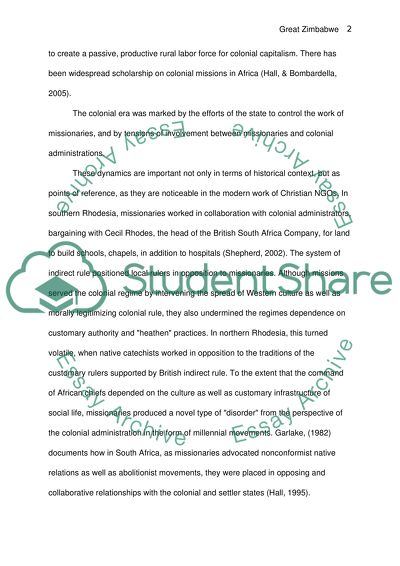Cite this document
(“Outline the history of excavation and interpretation at Great Essay”, n.d.)
Retrieved from https://studentshare.org/environmental-studies/1420746-outline-the-history-of-excavation-and
Retrieved from https://studentshare.org/environmental-studies/1420746-outline-the-history-of-excavation-and
(Outline the History of Excavation and Interpretation at Great Essay)
https://studentshare.org/environmental-studies/1420746-outline-the-history-of-excavation-and.
https://studentshare.org/environmental-studies/1420746-outline-the-history-of-excavation-and.
“Outline the History of Excavation and Interpretation at Great Essay”, n.d. https://studentshare.org/environmental-studies/1420746-outline-the-history-of-excavation-and.


